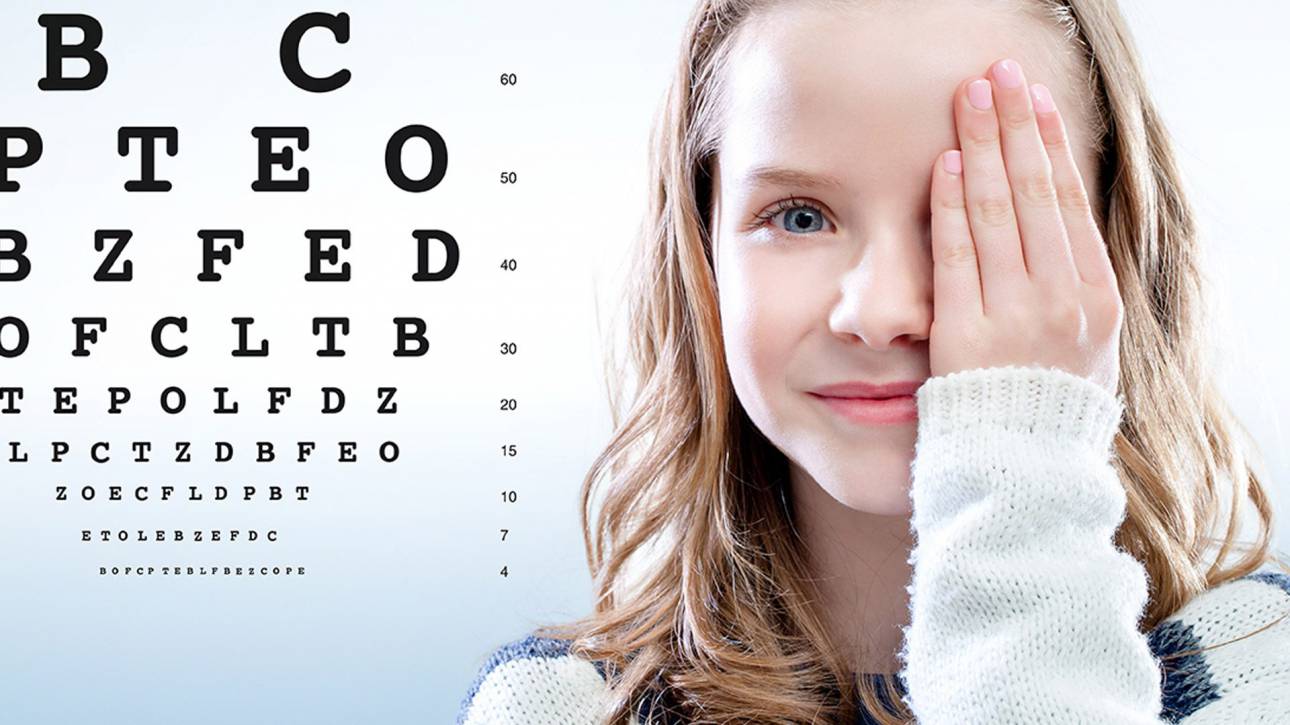Index
Stationary cone dystrophy is usually present in infancy or early childhood: symptoms usually remain the same throughout life, and patients maintain normal rod function. In progressive cone dystrophy, onset is usually in infancy or early adulthood, and patients often develop rod dysfunction with associated symptoms that worsen over time.
Stationary cone dystrophies are best described as cone dysfunction syndromes, as a dystrophy often describes a progressive process.
The cone dysfunction syndromes are complete and incomplete achromatopsia, oligocon trichromacy, cone monochromatism, blue cone monochromatism, and Bornholm eye disease.
THEComplete achromatopsia (ACHM), typical achromatopsia or rod monochromatism, is a stationary disease in which there is an absence of functioning cones in the retina, with an incidence ranging from approximately 1 in 30 to 000 in 1. an autosomal recessive mode of inheritance and has been associated with mutations in five genes (GNAT50, PDE000C, PDE2H, CNGA6 and CNGB6), which encode key components of the cone phototransduction cascade. The patient with complete achromatopsia usually presents with pendular nystagmus, color blindness, poor visual acuity, photophobia, and a hypermetropic refractive error.
Previously, before the pathogenesis of blue cone monochromatism (BCM) was identified, BCM was known as incomplete or atypical X-linked achromatopsia. However, the term incomplete / atypical achromatopsia is best reserved for the description of individuals with autosomal recessive disease in which the phenotype is a variant of complete achromatopsia. Individuals with incomplete achromatopsia (atypical achromatopsia) retain residual color vision and slightly better visual acuity than those with complete achromatopsia. As with the complete form, mutations in the CNGA3 gene, which encodes the cGMP cation channel α subunit in cones, have been identified in subjects with incomplete achromatopsia.
Diagnosis
The diagnosis of ACHM is based on clinical ophthalmological examination, psychophysical examination (color vision) and electrophysiological examination (Electroretinogram, ERG), which highlights the loss of photopic responses, while scotopic ones are normal. ERG also has value in differentiating complete achromatopsia, which presents delayed scotopic ERG and loss of ERG responses at 30 Hz, from progressive cone dystrophies, which exhibit normal scotopic ERG and partially maintained cone ERG. . There Perimetry Computerized may show small central scotomas, areas of vision loss corresponding to the central area of the retina. There Tomography a Optical Coherence (OCT) shows a progressive separation and / or detachment of the junction between the inner / outer photoreceptor segment and an attenuation of the retinal pigment epithelium (RPE) within the macular region.
Treatment
Pathology and treatment on video
Do you need more information?
Do not hesitate to contact me for any doubt or clarification. I will evaluate your problem and it will be my concern and that of my staff to answer you as quickly as possible.




